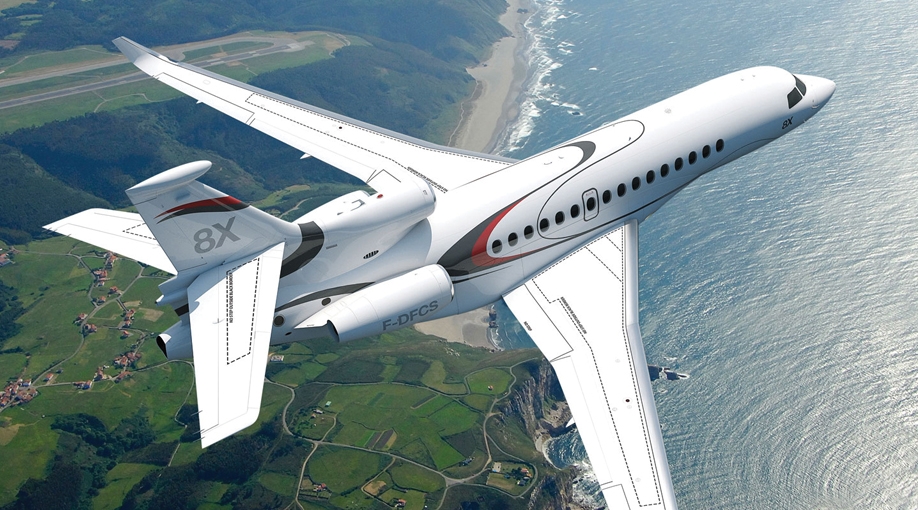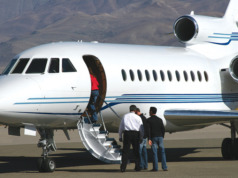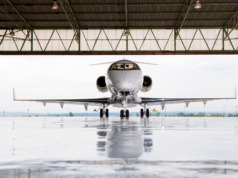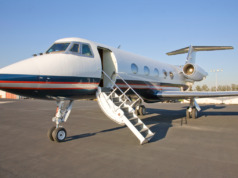
Since the economic downturn of 2009, your ability to borrow funds for buying aircraft has been greatly diminished. Many lenders withdrew entirely from the aircraft market, retrenching to focus on their core business sectors. Others are requiring more stringent credit standards. Traditionally, you could borrow a large percentage of the purchase price, putting the aircraft and loan onto your balance sheet. Now, many lenders are reducing the percentage they are prepared to advance against the aircraft value, forcing you to make a larger down payment. (See: “The Changing Lending Climate,” BAA September/October 2014).
The impact of this tighter credit is felt most acutely in the non-U.S. markets, especially for pre-owned aircraft buyers who are have difficulty finding an interested lender.
At the same time, the global economic downturn raised additional concerns for aircraft owners. Companies were pressured by lenders to show more liquidity on their balance sheet. Owners who elected to dispose of their aircraft during this period faced cash shortfalls when the resale value of the aircraft was less than their outstanding loan balance.
With aircraft prices now rising, there are more options as you decide how to pay for your acquisition. Some buyers still pay cash; others obtain a loan to reduce their cash payment. A third alternative — the operating lease — is becoming increasingly attractive.
This financing structure involves a lessor (the financier) who purchases the aircraft that you (the lessee) want to fly. The lessor leases you the aircraft for an agreed term, with the lessor maintaining ownership throughout. What are the benefits to you?
- Typically, the lessor pays 100% of the acquisition cost. At closing, you would need only to provide a security deposit, substantially reducing the capital required to obtain the aircraft.
- In recent months, aircraft manufacturers have been announcing new models that will compete against older aircraft with similar capabilities. While the impact on the resale values of these older aircraft is uncertain, the introduction of new models traditionally has had a negative impact on residual values. With an operating lease, the risk to the residual value lies with the lessor, not with you. At the lease’s end, you simply return the aircraft in the agreed-upon condition, with no further obligation. An operating lease provides you with certainty of the capital cost required for the planned life of the aircraft’s use.
- With an operating lease, the lessor is both the legal owner and the owner for tax and accounting purposes. Usually, this means that the aircraft is not shown on your balance sheet, and the lease rents are recorded as an expense.
- An aircraft not shown on your balance sheet offers you more privacy and security.
- When the lessor acquires the aircraft, you do not have to pay the tax on the purchase price as a lump sum. You pay tax only on each rent payment, which eases your cash flow.
For all these reasons and more, there is a robust market for operating leases, especially for U.S.-based aircraft. Many U.S. financial institutions will pass some of the tax benefits of ownership back to you in the form of lower rents, particularly if your credit profile is strong. For those with weaker credit, those interested in used aircraft, and for international transactions, the number of willing lessors has decreased. However, just in the past year, a number of new companies have entered the market to provide operating leases, offering some long-awaited relief. BAA
Simon Davies, Managing Director, Global Jet Capital, has 25+ years in senior-level aircraft finance positions for Sierra Advisors, Guggenheim Aviation Finance, and Bombardier, in non-U.S. markets. He holds a BA from the University of Western Ontario.




